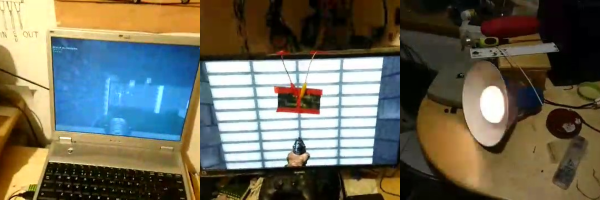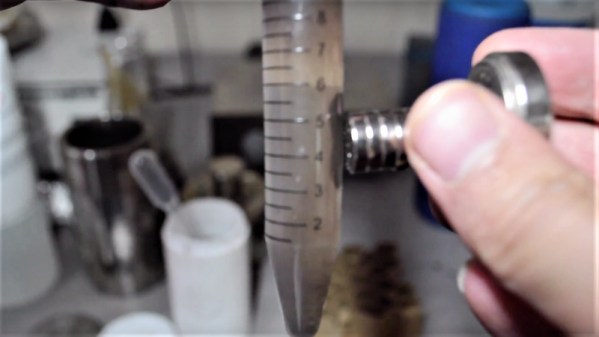An elderly relative of mine used to get irate at the BBC news. When our Prime Minister [Edward Heath] or another of her bêtes noirs of the day came on, she’d rail at the radio or the TV, expressing her views to them in no uncertain terms. It taught a young me a lot about the futility of shouting at the telly, as well as about making a spectacle of oneself.

All very well, you say. Impossible Engineering‘s format of looking at a modern engineering marvel and tracing the historical roots of some of its innovations would find fertile ground in the ISS, after all it’s one of our most impressive achievements and could easily provide content for several seasons of the show. And I’ll give them this, they did provide an interesting episode.
The trouble was, they made an omission. And it wasn’t just a slight omission, one of those minor cock-ups that when we Hackaday scribes make them the commenters pounce upon with glee, this one was a doozy. They managed to fill an hour of television talking about space stations and in particular a space station that was assembled by multiple countries under an international co-operation, without mention of any of the Russian technology that underpins much of its design. An egregious example among many was their featuring a new Boeing capsule designed to touchdown on land rather than on water as a novel invention, when as far as I am aware every Russian capsule ever made has performed a land-based touchdown.
Continue reading “Britain Invented Rock-N-Roll, And Other Stories”
















